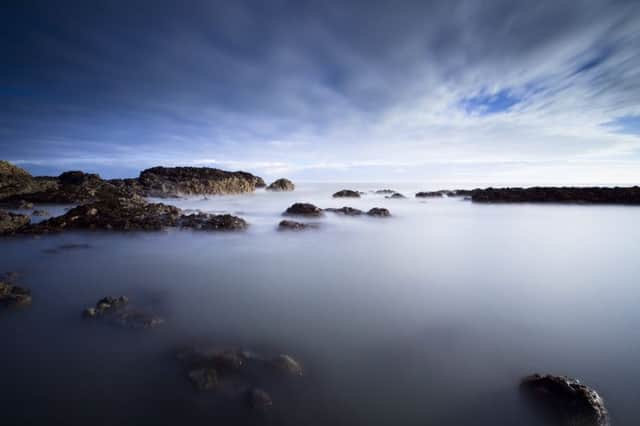Seaside village to get '˜green' defences in bid to halt erosion


A dramatic seaside beauty spot that featured in the work of acclaimed Scottish artist Joan Eardley is set to benefit from a £10.8 million nature-based scheme to protect it from coastal erosion, flooding and landslides.
Joan Eardley spent much of her time in Catterline, a fishing village in Aberdeenshire, during the 1950s.
Advertisement
Hide AdAdvertisement
Hide AdIts seascapes, cliffs and cottages provided inspiration for many of her most famous paintings.
Following her untimely death in 1963, her ashes were scattered on the shingle beach below the clifftop cottage where she stayed.
The picturesque settlement had also previously attracted artists James McBey and Norman Rockwell and is thought to have been the landing point for St Ninian around 400AD.
Now it has been selected as one of seven “open-air labs” across Europe to be included in an innovative EU-funded research project.
Engineers from Glasgow Caledonian University (GCU) will devise eco-friendly ways to protect the historical hamlet from erosion, flooding and rain-induced landslides over the next four years.
A number of properties, and the access road to the harbour, are currently at risk from erosion. The GCU team plans to work with the community to design long-term solutions to safeguard part of the bay deemed to be “failing”.
The project will see trees, reclaimed timber, debris and biodegradable material used to shore up the bay’s defences. The plans will build on measures already carried out in the area, including planting of 1,000 trees.
GCU’s Professor Rohinton Emmanuel, principal investigator for the project, said: “It’s a very scenic area and we want to protect its natural beauty.
Advertisement
Hide AdAdvertisement
Hide Ad“We are looking to do something different, with natural solutions that produce the same goals as conventional engineering.”
The aim is to come up with a strategy in partnership with local residents.
“Everyone can work together on this,” he said. “It will involve engineering interventions that mimic nature.
“The solutions will be co-designed and co-deployed with the community. It’s civil engineering but it’s not grey, it’s not concrete. It’s using nature in a different way.”
Initial discussions with the community will begin in July, when the project starts.
GCU secured £540,000 from the EU’s Horizon 2020 fund for the work. The other test sites are in Finland, Germany, Netherlands, Austria, Italy and Greece.